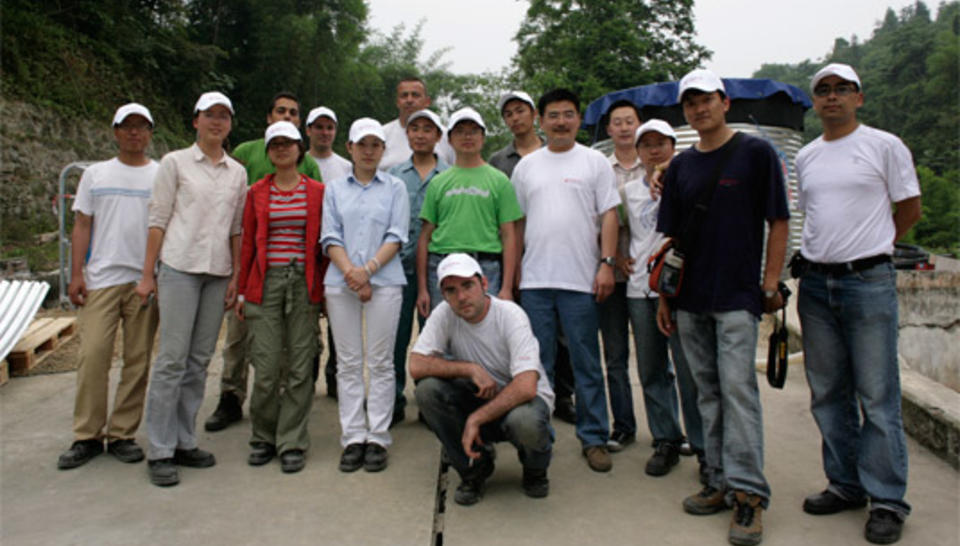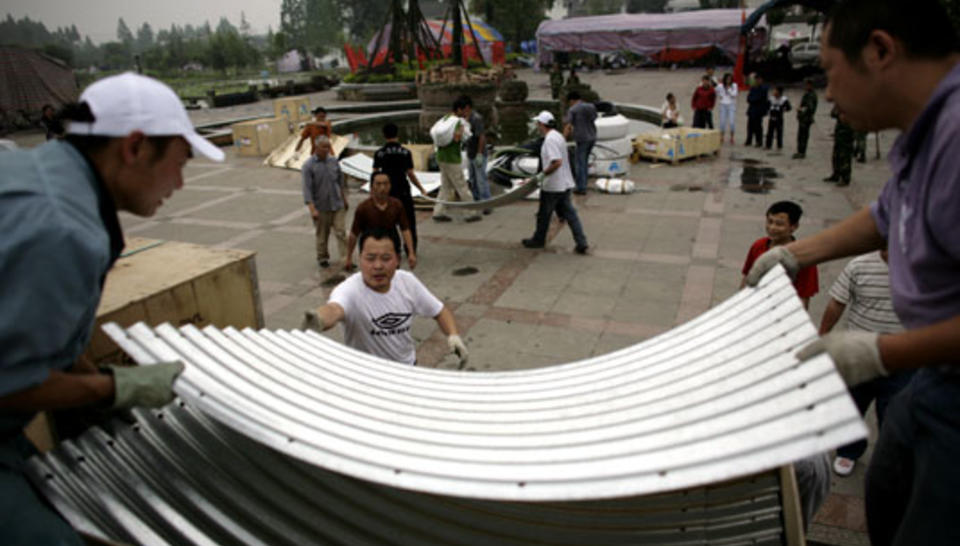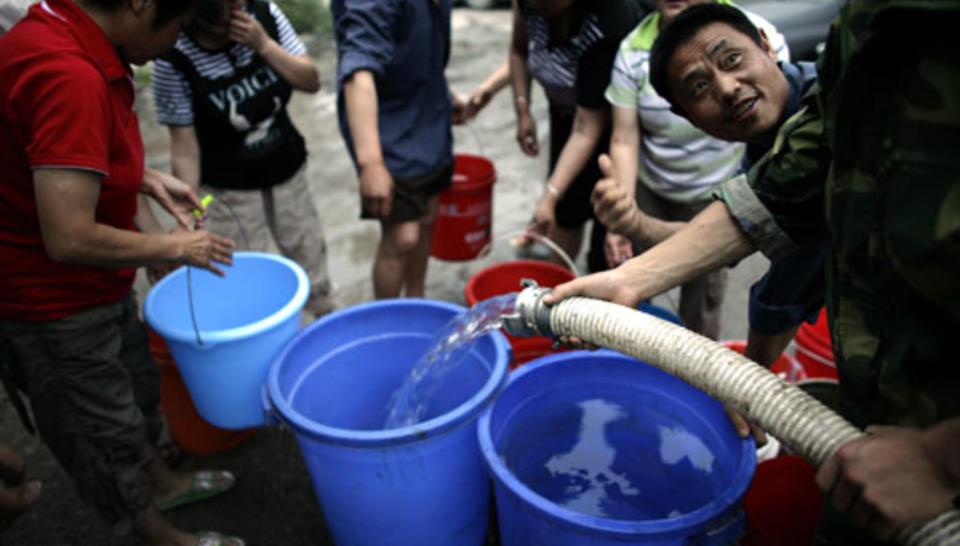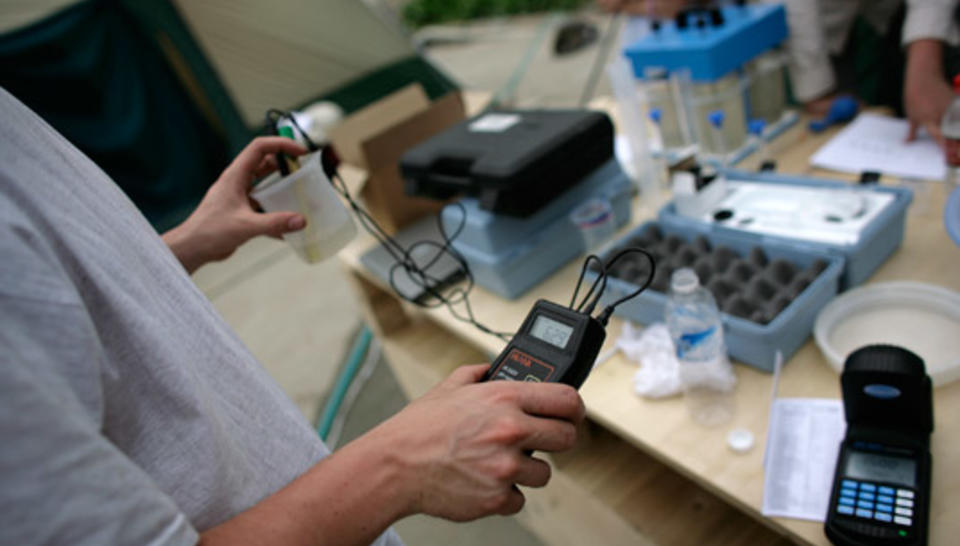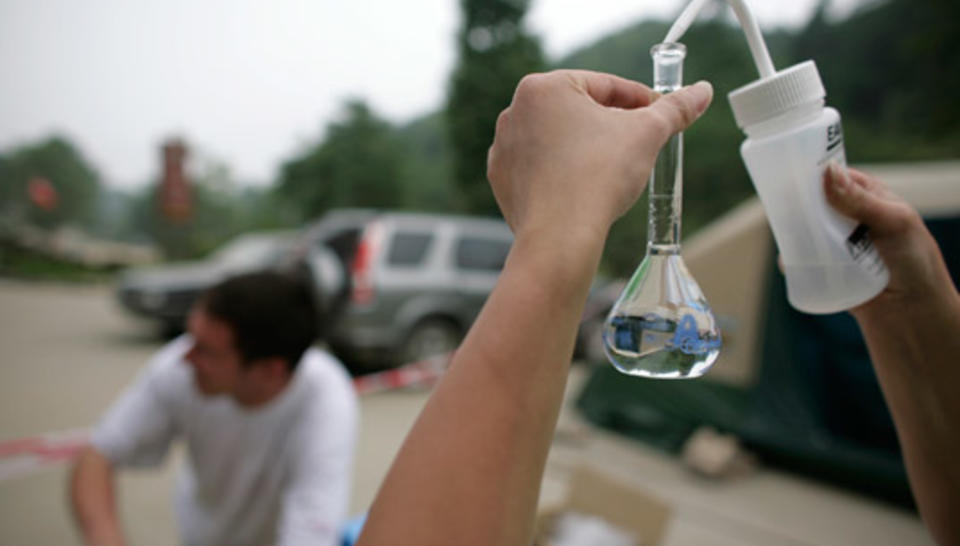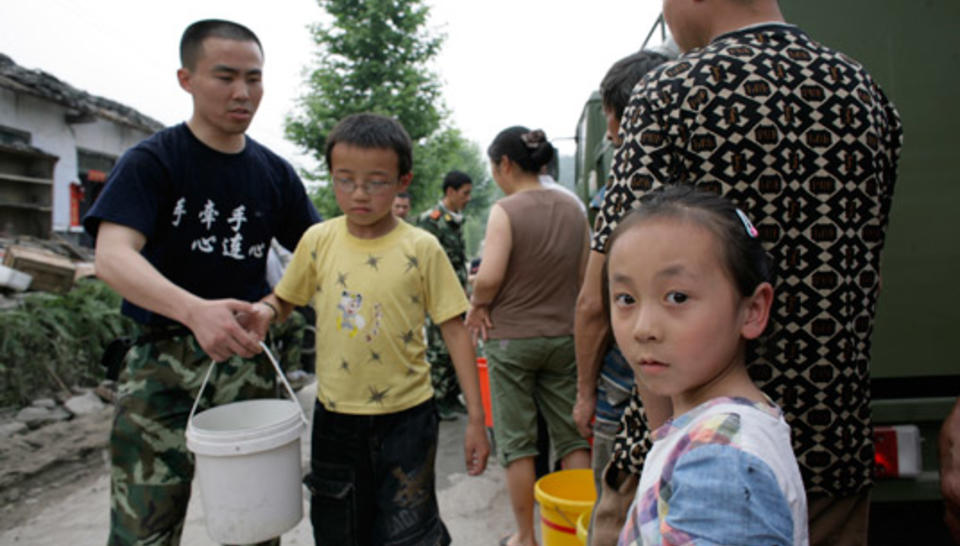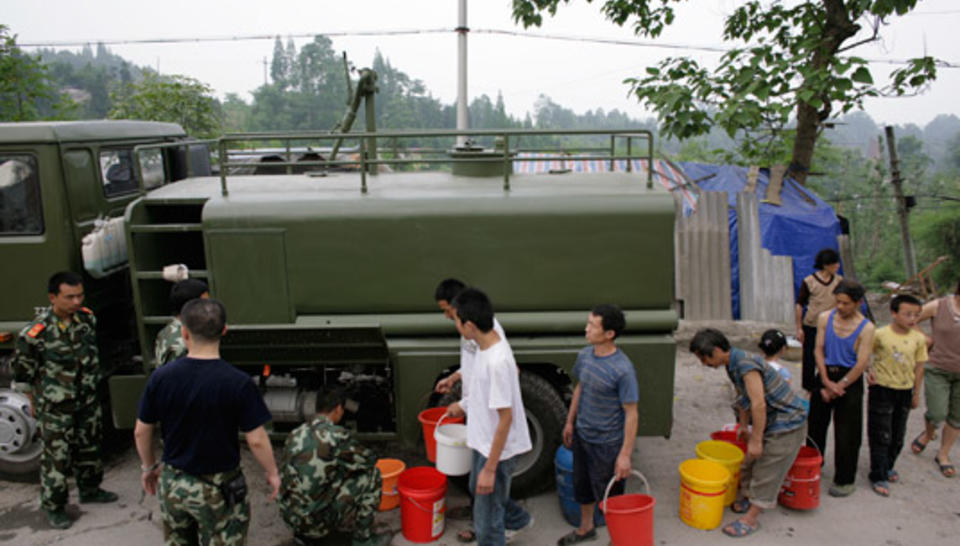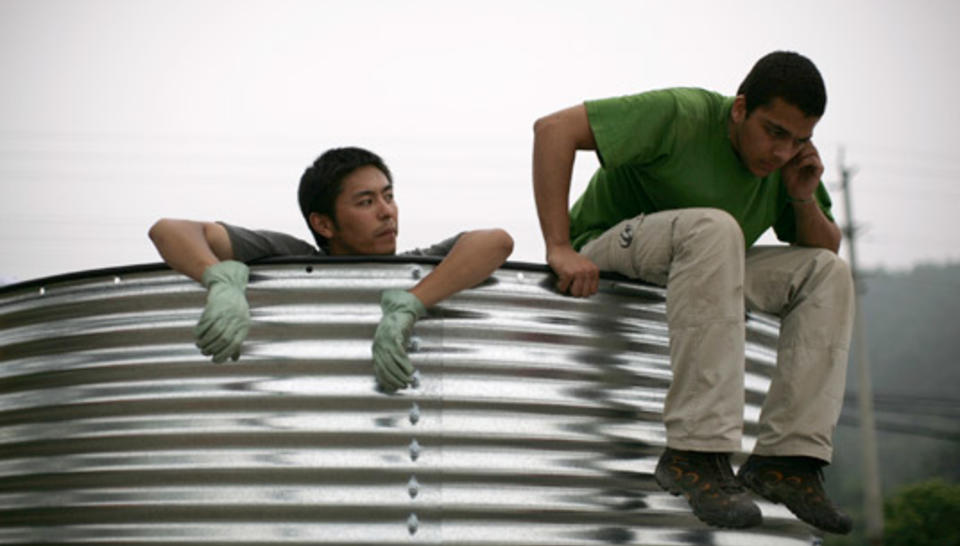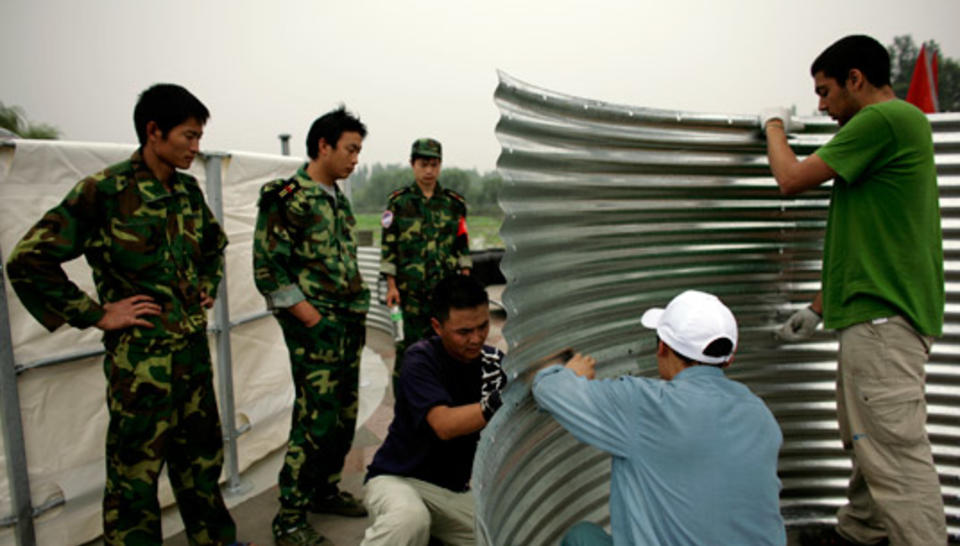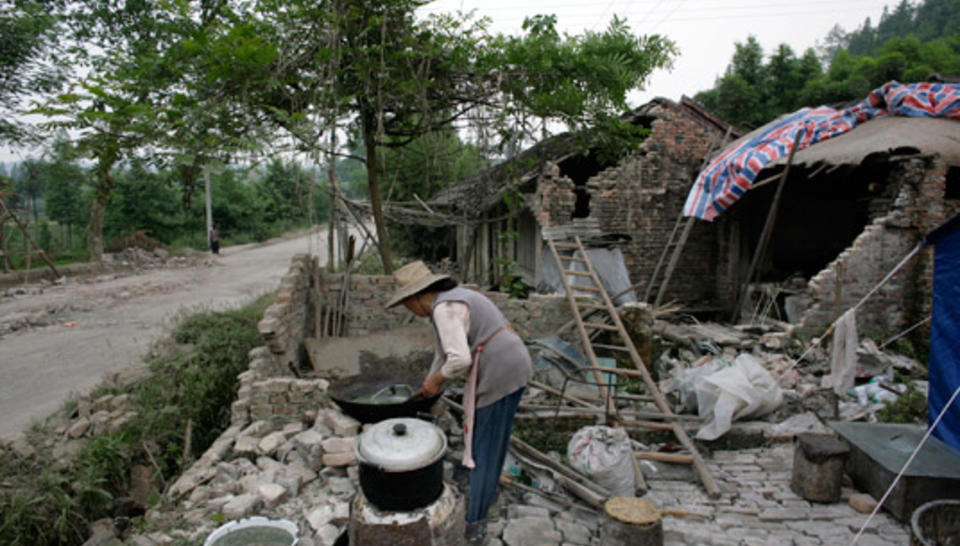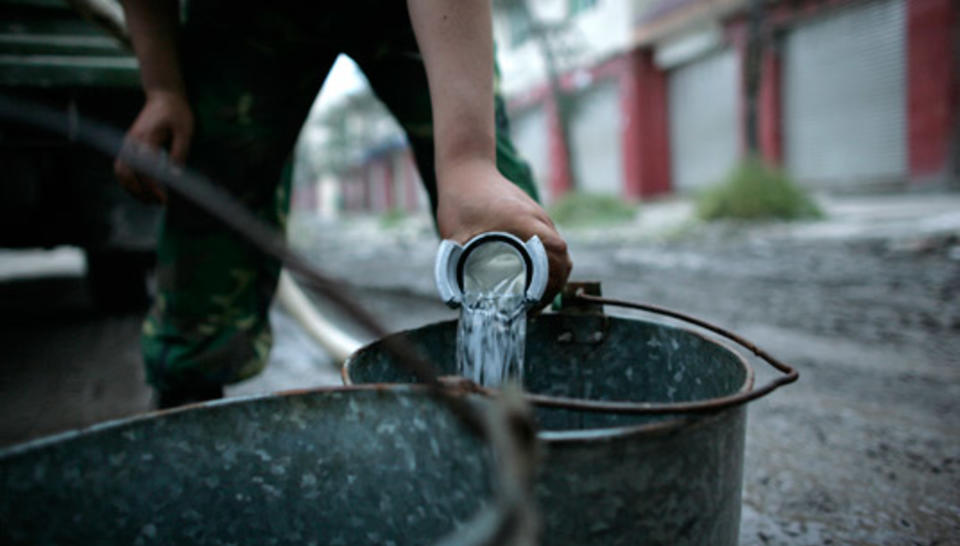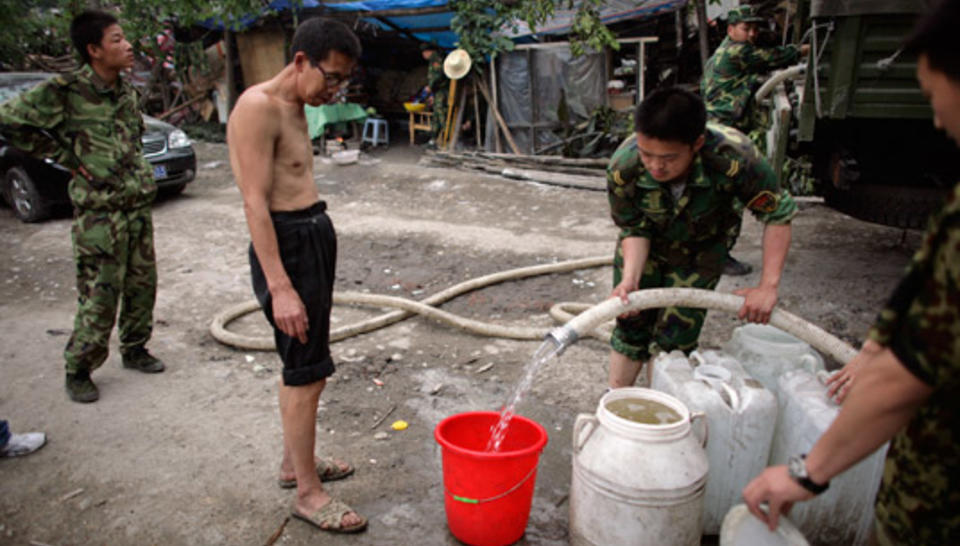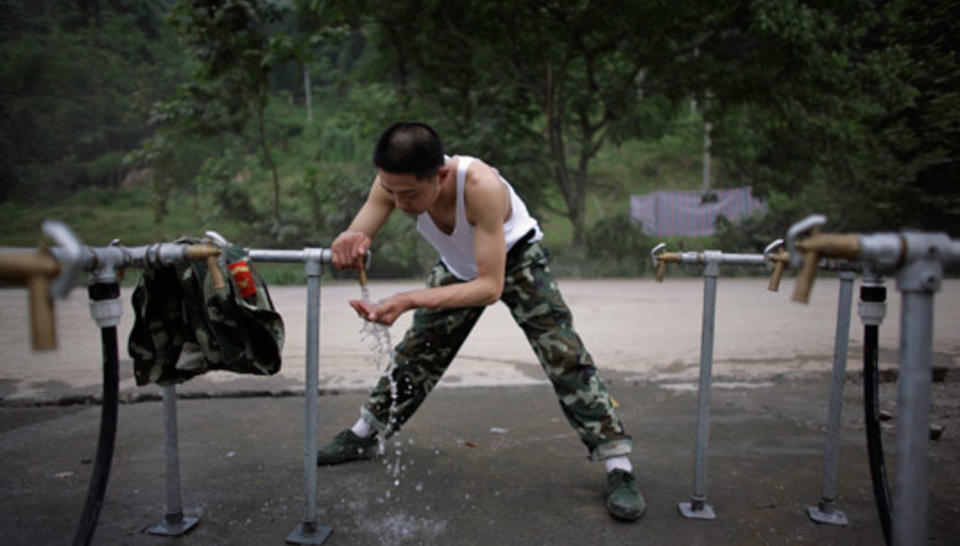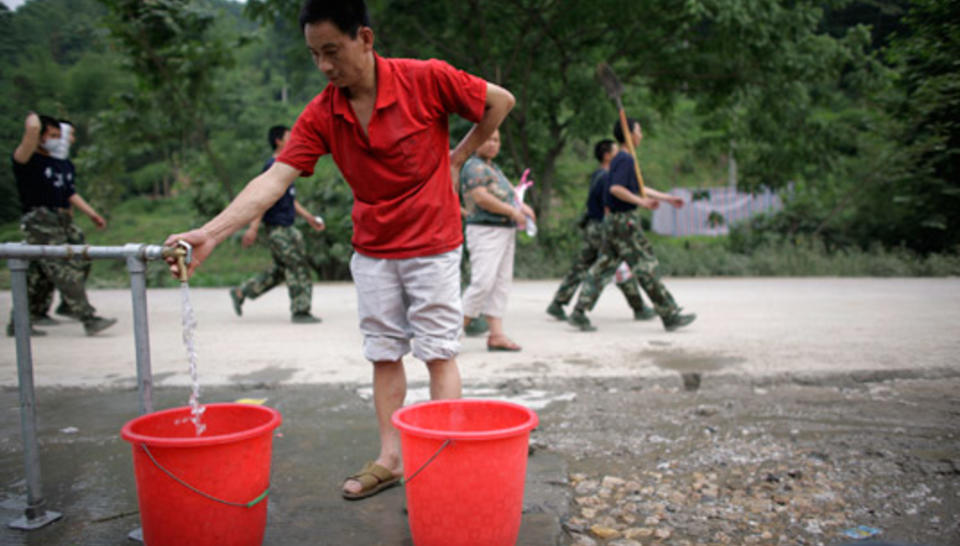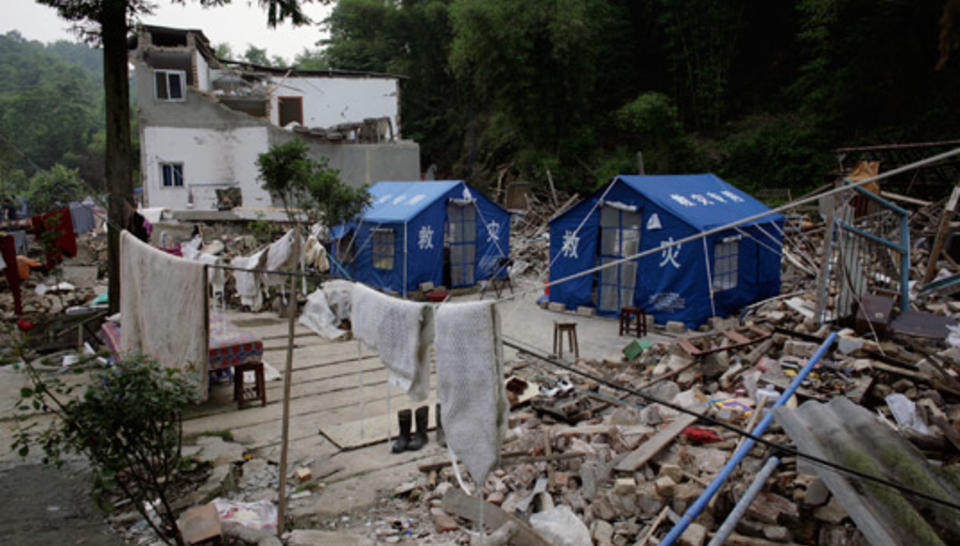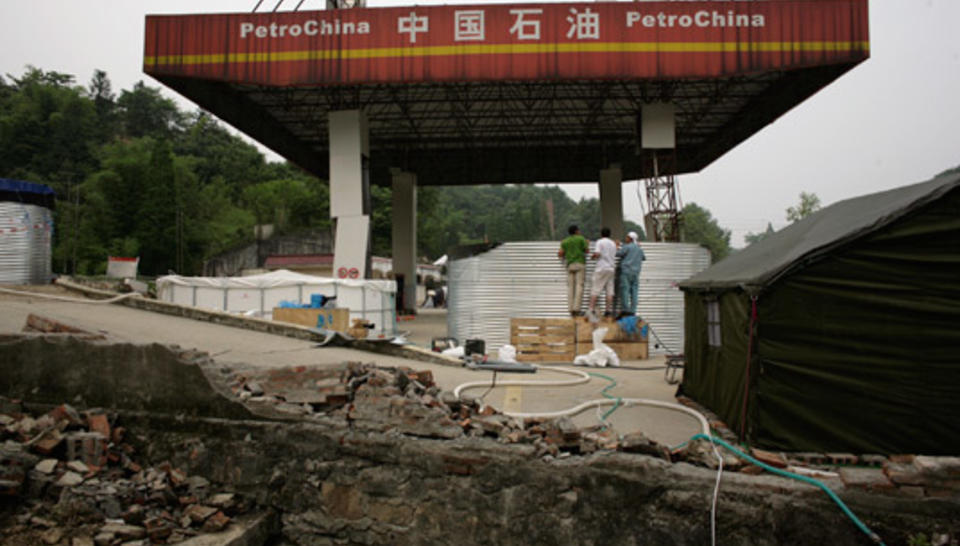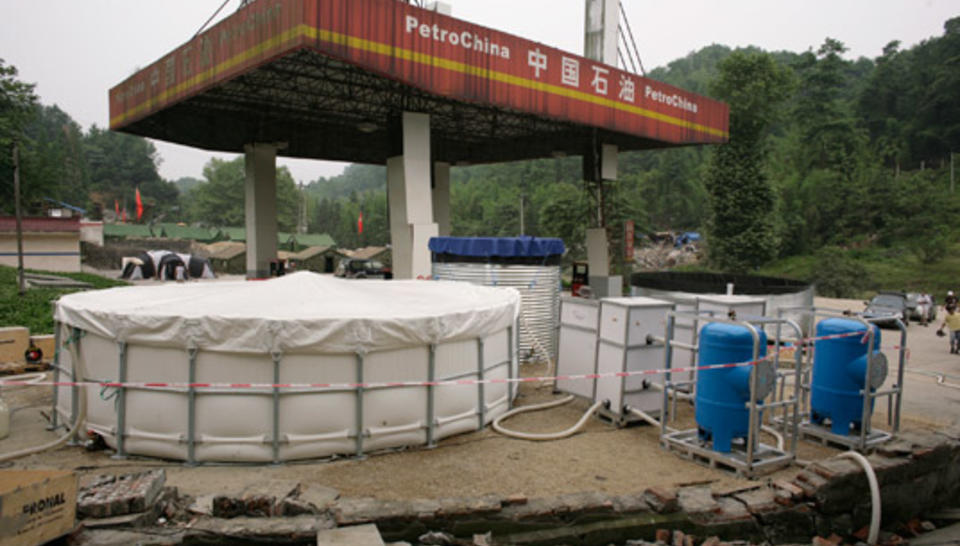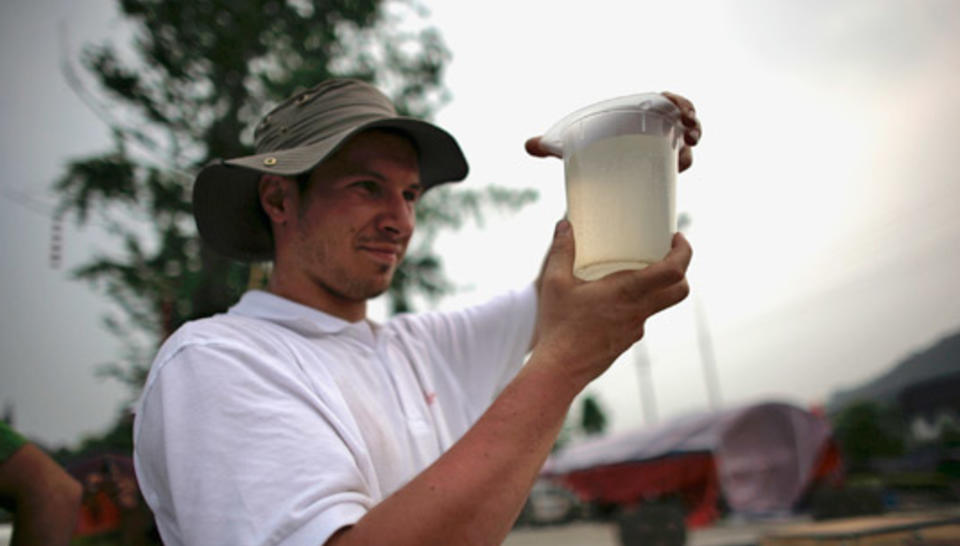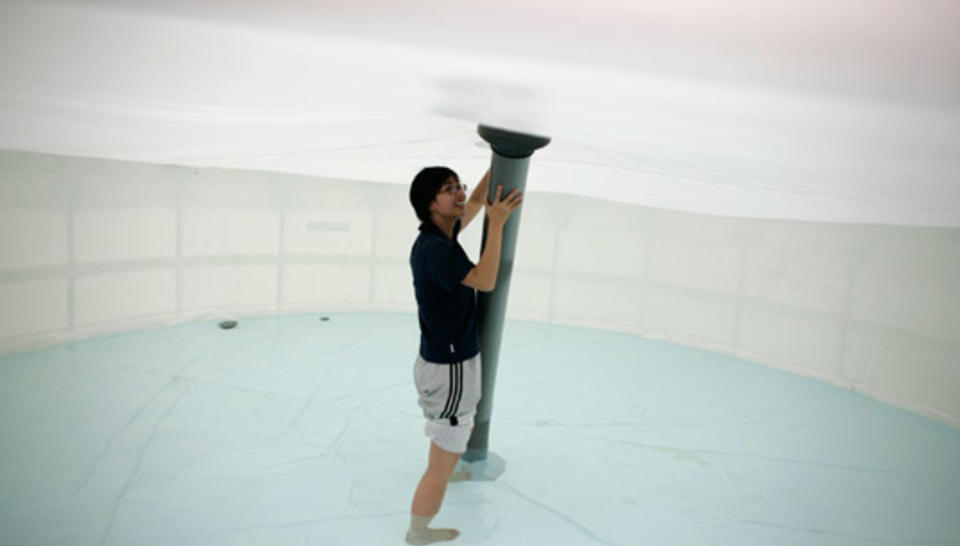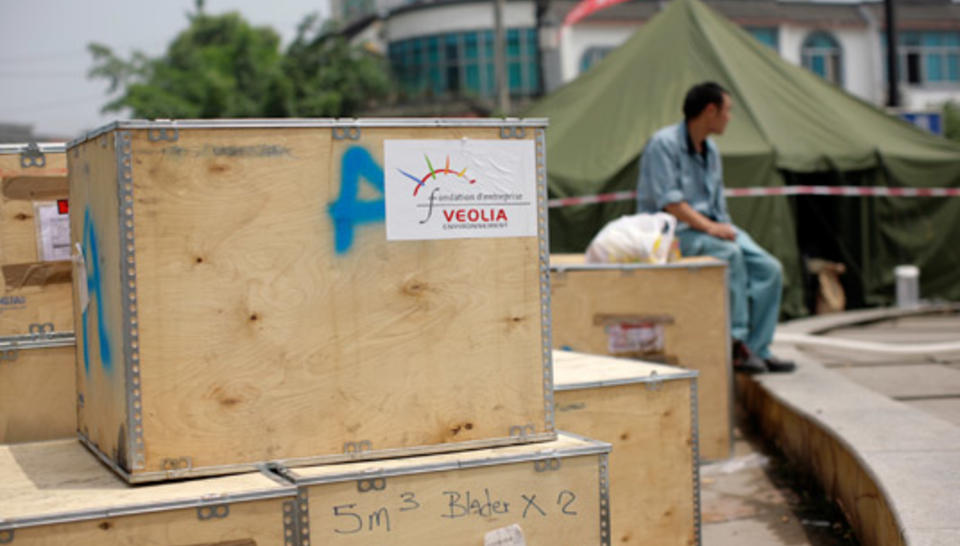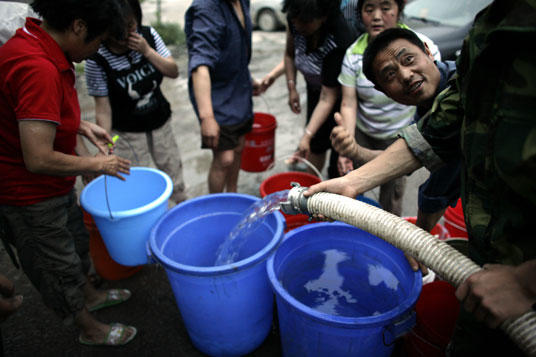
Humanitarian and Development
Place
Sichuan, China
Date
May 2008
"Supplying drinking water is the most difficult challenge after this devastating earthquake. The aid of Veoliaforce was prompt and effective."
Jiang Bo, technical director of the Veolia Chengdu plant
The local authorities promptly took the necessary measures, shelter for the victims and, sometimes, relocation on the outskirts of built-up areas with less damaged infrastructures. Yet drinking water was still lacking in many places, due to the population influx or the destruction of the springs or networks.
Instant mobilization
The Chinese authorities quickly approached Veolia Water Asia, which then called on Veoliaforce. Two mobile water treatment units were dispatched on 16 May, accompanied by three Veoliaforce experts. On the spot, among the many employees who answered the appeal from Veolia Water Asia, nine were selected for their expertise in networks, in operations or in chemistry, and joined Tian Gang, director of the Veolia Water plant in Chengdu, to train the local team (Tian was destined to play a key role in liaison with the authorities). They were rushed through a three-day training course.
Speed and efficiency
On 21 May, two volunteers went to the village of Xiang'e, where thousands of survivors were living in tents. After a diagnosis, a safe spring was identified. The local team was ferried in by truck with the equipment. After some light earthworks, the Aquaforce line was installed and then boosted by tank trucks to meet the growing demand from the environs. As of 24 May, a second station was running in Taguanje. The third Aquaforce arrived on 31 May, with two French volunteers who took over from their colleagues. On 4 June, it was installed at Ci-Fong, to supply 10,000 persons. The Chinese volunteers then operated the three stations, in semi‑monthly relays.
New mission
At the request of UNICEF, of which Veoliaforce is a stand-by partner, another post‑emergency mission was organized from 1 to 17 July. It allowed the deployment of five mobile units of UNICEF, including a water treatment system, flexible reservoirs and supply systems equipped with taps in four severely damaged counties of Sichuan, as well as the training of twelve local technicians and operators.
25 French and Chinese volunteers in relays in the field
375 mission days
3 water treatment units (Aquaforce 5000)


